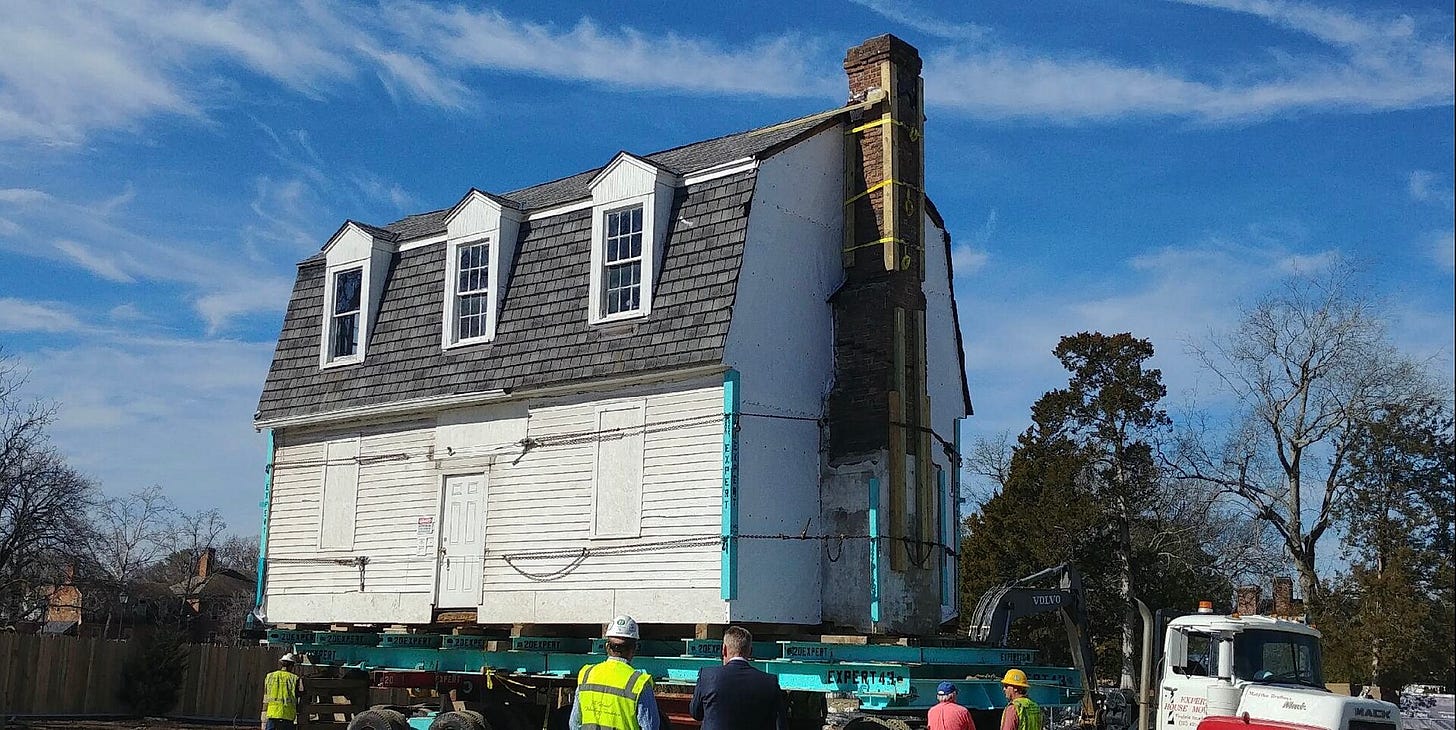Williamsburg Solicits Bids to Promote New African American Heritage Trail
Request for proposal includes creating a mobile app, complimentary map, and marketing campaign

Keep reading with a 7-day free trial
Subscribe to Williamsburg Independent to keep reading this post and get 7 days of free access to the full post archives.
